Have you ever wondered about the place that York (Toronto) and New York were named after? Well, we were there, it’s called (surprise) York.
York has the most British past of all the British cities. King Henry VI was once quoted saying “the history of York is the history of England.” The town has been around since before the time of Christ and has been home to just about every conquering people Britain has seen: the Celts, Romans, Saxons, the Vikings, the French, etc.
I could go into a long and detailed history of the town but won’t because it is boring. The one thing you need to know is this is the town that just keeps coming back – kind of like Toronto and New York. It was sacked many times; quite brutally by William the Conqueror around 1066, but it keeps getting rebuilt and attaining the reputation of being a major cultural centre. The place is a rubber band!
We never planned on going to York. We were on our way to the Castle Howard and ended up taking a wrong turn that led us right to one of the gates of York. Upon seeing the gate we accepted our fate and continued. Driving into the city was amazing. It was my first real exposure to medieval England and as we drove through the walls of the old city I was immediately humbled. There is no other word I can think of to describe how I felt. It was weird driving through a gate that is older than everything in North America.
Humbled…
Micklegate Bar
The gate we went through is the Micklegate Bar (12th Century) – the most famous of York’s gates. This was the entrance way for royalty and in a tradition that still exists today they need to touch the sword of the city and ask permission to enter. This gate is also a place where the heads of traitors were displayed on spikes in medieval times – the most famous being Richard Duke of York in 1461 who was brought down by Henry VI’s wife Queen Margaret during the War of the Roses (but not until after taking the throne of England for himself).
Once inside you can see why York is a major tourist destination. The cobblestone streets and ancient building set the stage for a great day. Before going into the core of the town we decided to have lunch in a cute little tea shop we found on the way. From here we could ogle the streets and buildings. I couldn’t help but have the song “the Grand Old Duke of York” running over and over in my head. The rhyme is based on King George III’s second son – Frederick who served in Flanders in his early military career. He didn’t have 10,000 men and he didn’t march them up and down hills. What he and his brothers did was ensure that they died early – thus securing the throne for a teenage girl named Victoria.
While we were there the York Music Festival was happening. Which meant the place was packed. The more the merrier right? It meant we had to plan where we would be and at what time because it would be easy to lose sight of each other.
The York Minster
The really big tourist attraction beyond the town itself is the York Minster. dP has been to France and has seen many wedding cake churches. I, however, have seen none until now. I was so awestruck I couldn’t breathe when I stood in the middle. The church took 250 years to build (5 generations of people) and you can see this in all the details.
The structure dates back to 1220 and is built on the grounds of an old Roman fortress which was there a thousand years before that. It was so impressive that I couldn’t even begin to describe it – so much was crammed into the church that you could spend a life time just learning it’s history. dP said all I could say was “wow” as I walked around. You need to buy a photo permit to take pictures. It is worth it. I took so many pictures that my camera batteries died.
Clifford’s Tower
The last site of the day was Clifford’s Tower which is the last reminent of the York Castle built by William the Conqueror in 1068. Legend has it that in 1190, Christian merchants tried to erase their debts to Jewish bankers by destroying the city’s Jewish community. On the last Sabbath before Passover, 150 Jews took refuge a tower that previously stood on this site and, faced with the prospect of starvation or butchery, committed suicide.
The tower was then burnt to the ground and those who didn’t die by their own hand or in the fire were killed by the angry mobs. King Richard I, who was very protective of England’s Jews, was angry and fired the sheriff and castle constable and imposed a heavy fine on York’s citizens (who claimed they weren’t involved). The tower was then rebuilt using stone and is named after Roger de Clifford, who was hanged there in 1322 for opposing Richard II.
After reading all of this it is no wonder the town has achieved the title of being the most haunted place in Europe!
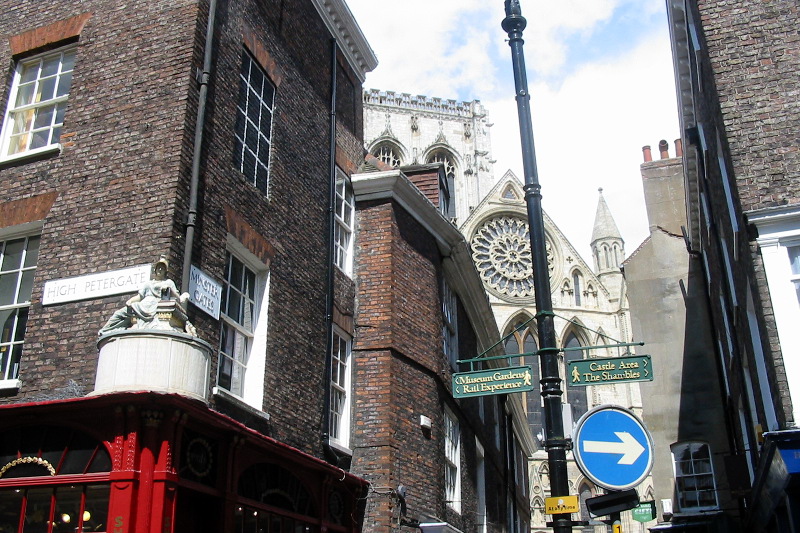
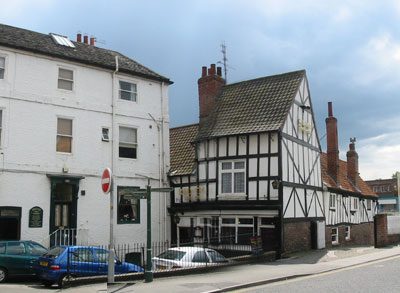
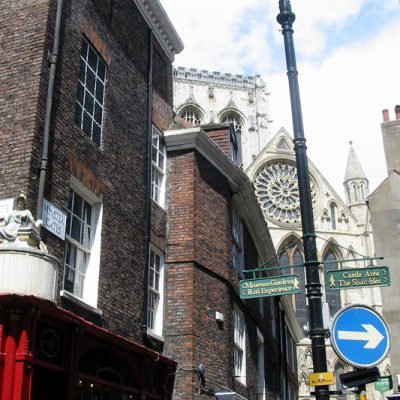
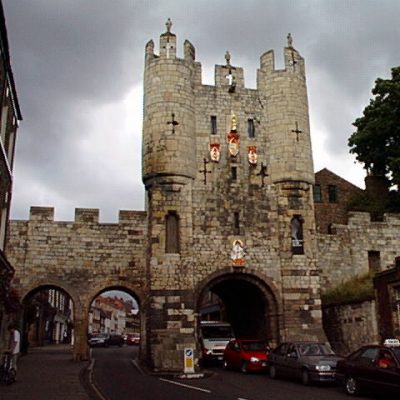
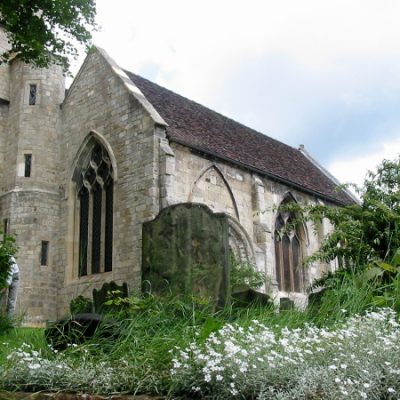
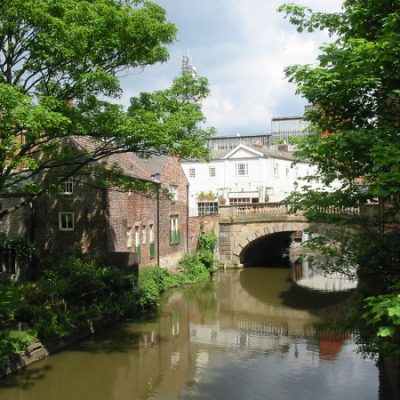
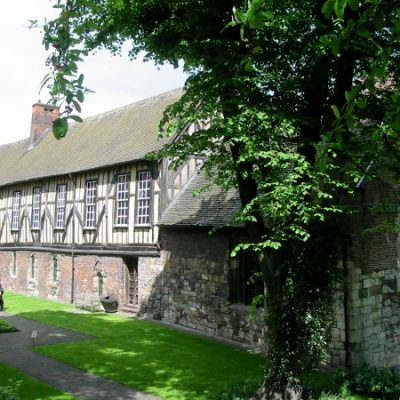
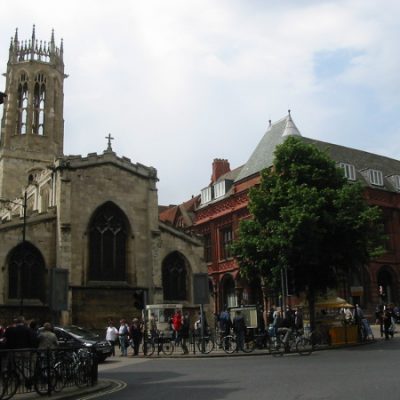
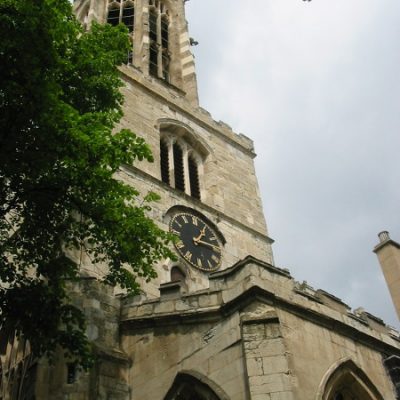
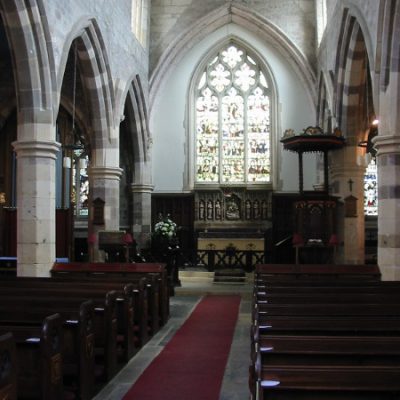
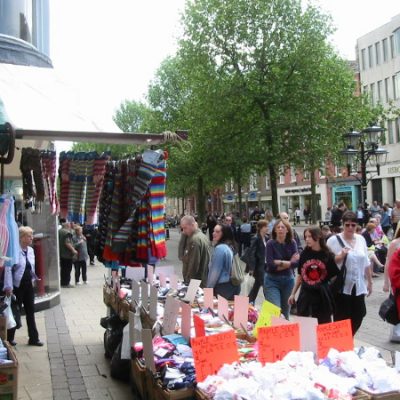
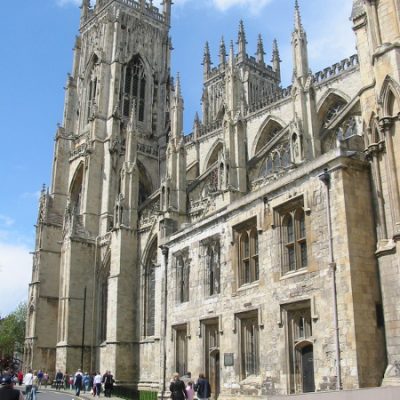
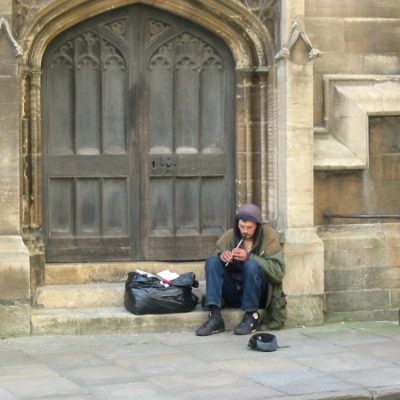
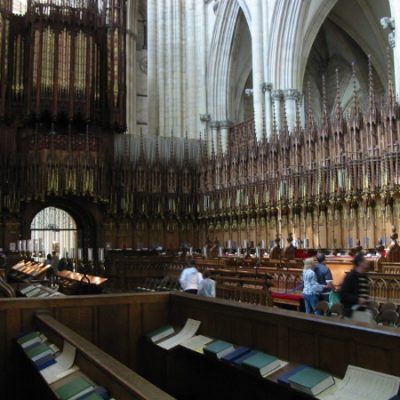
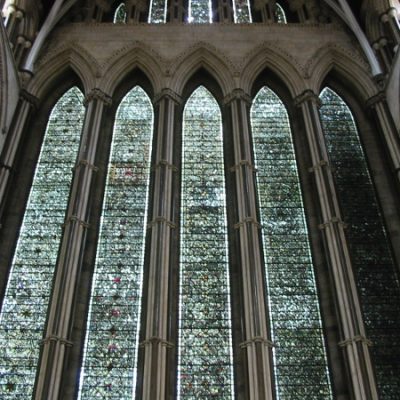
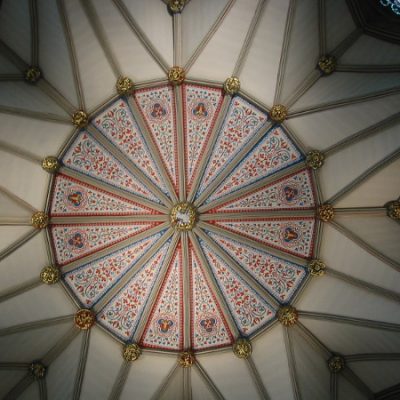
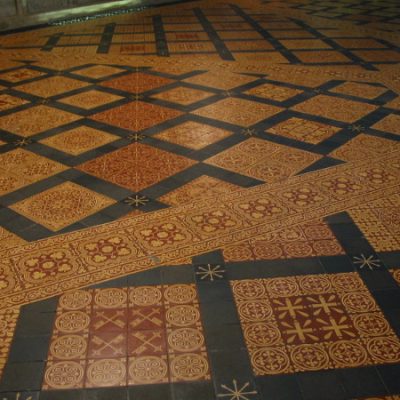
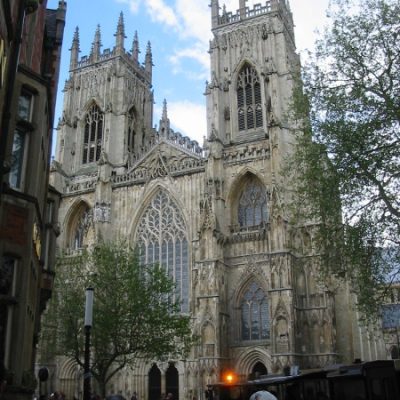
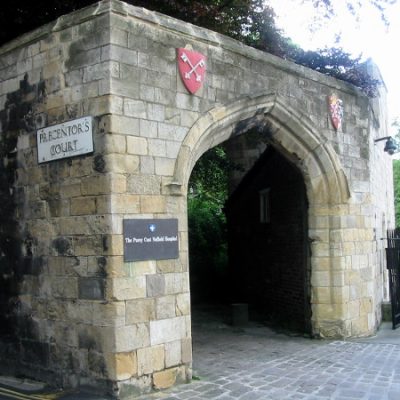
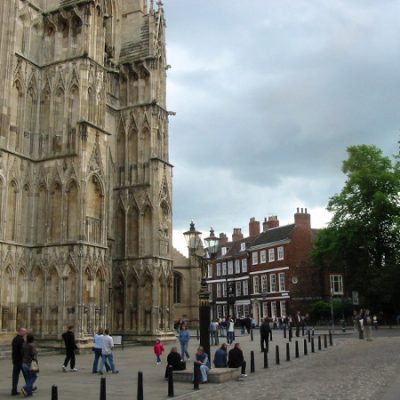
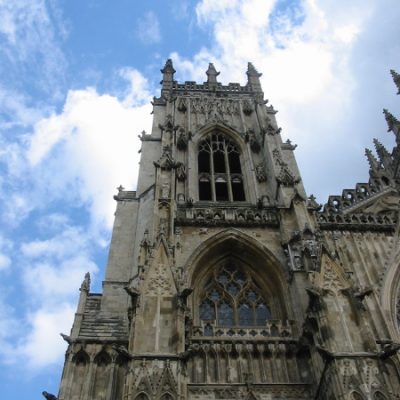
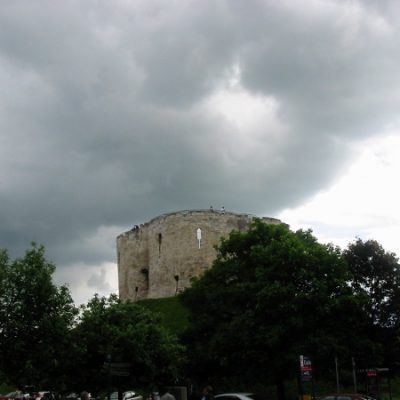
1 comment on “York: The Land of Eye Candy”Add yours →